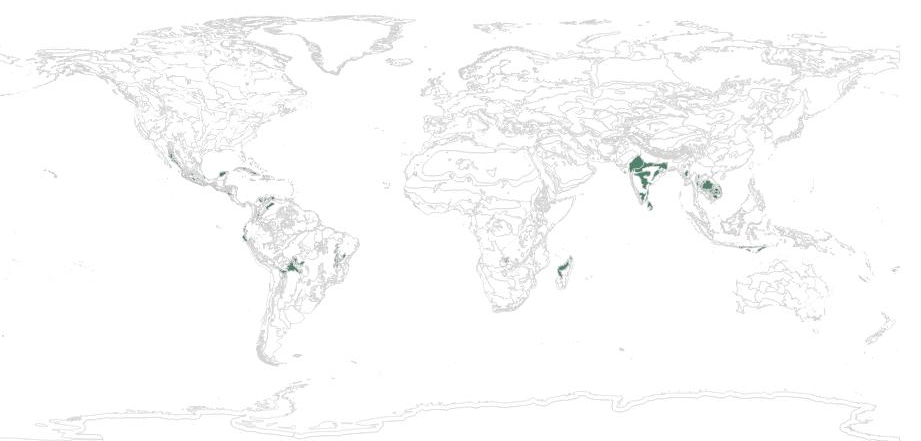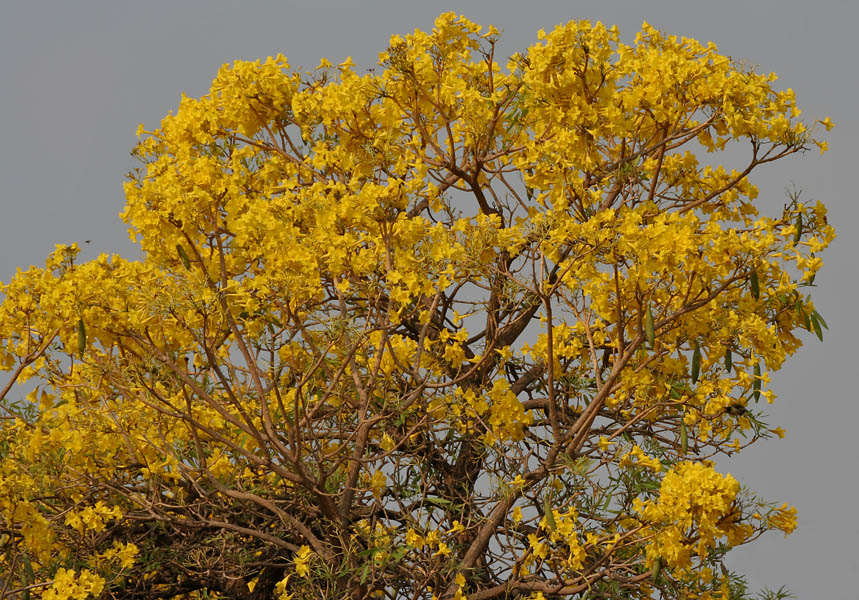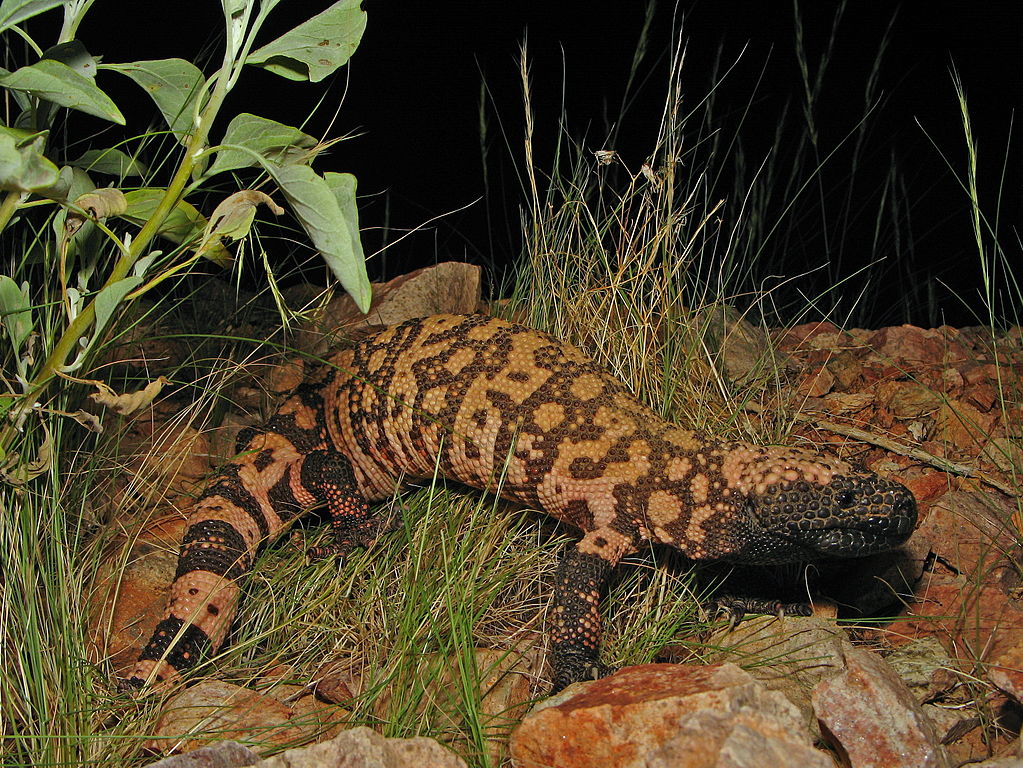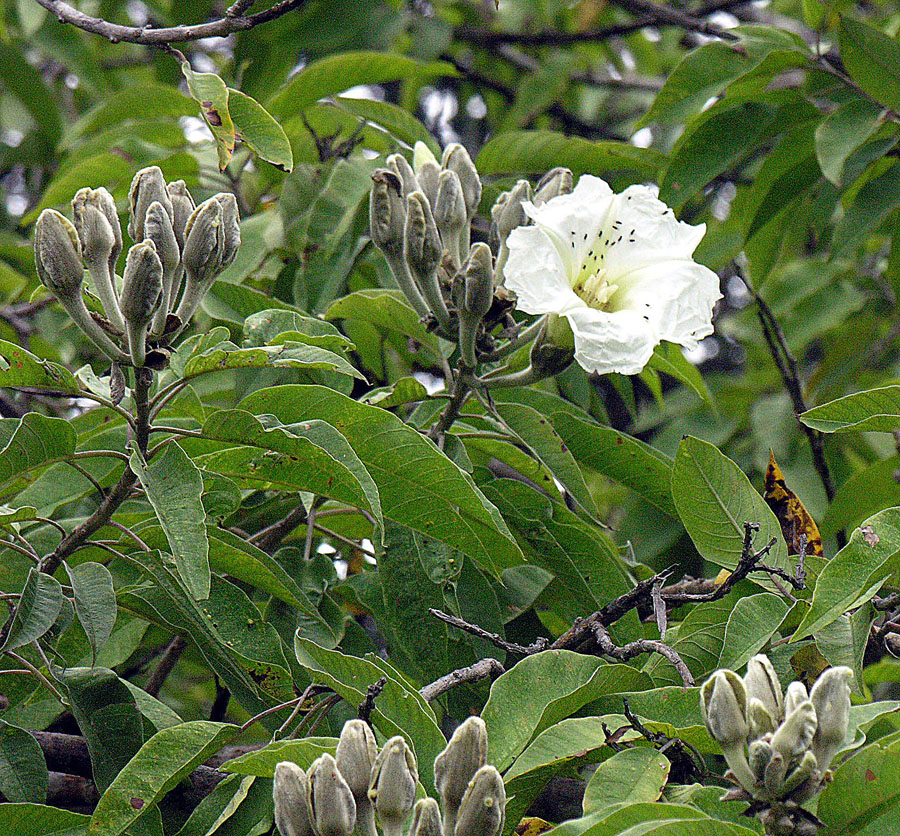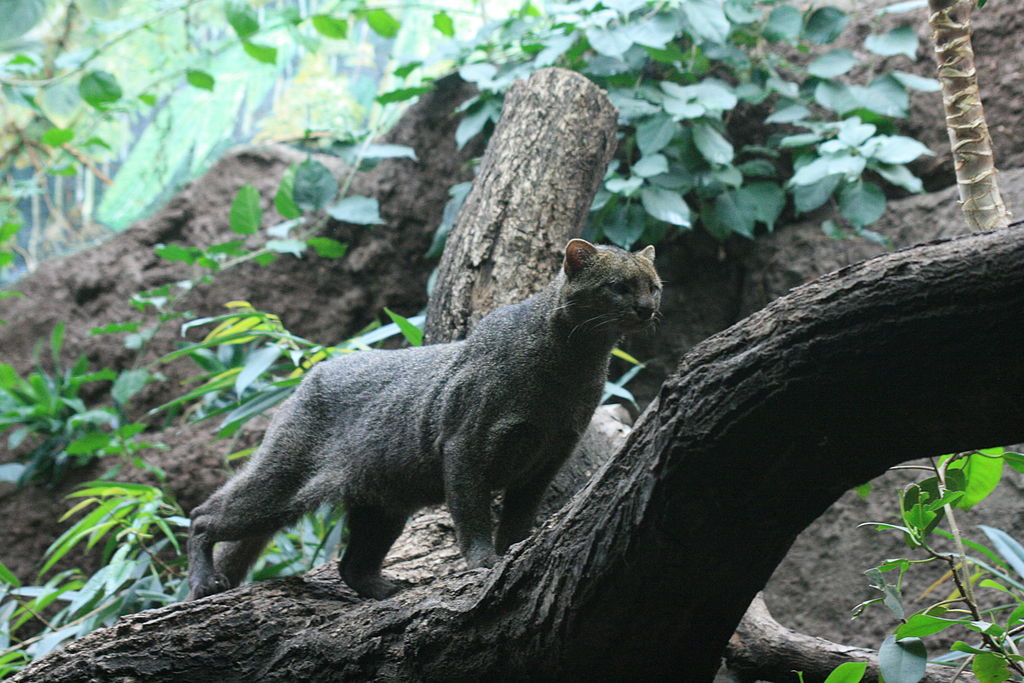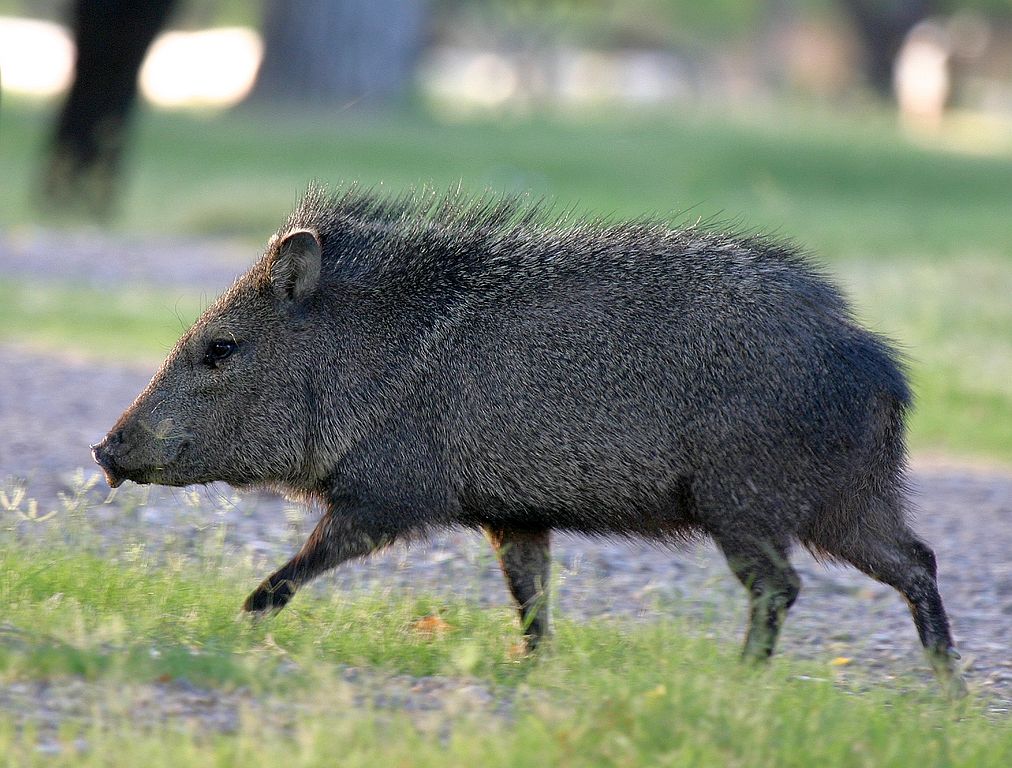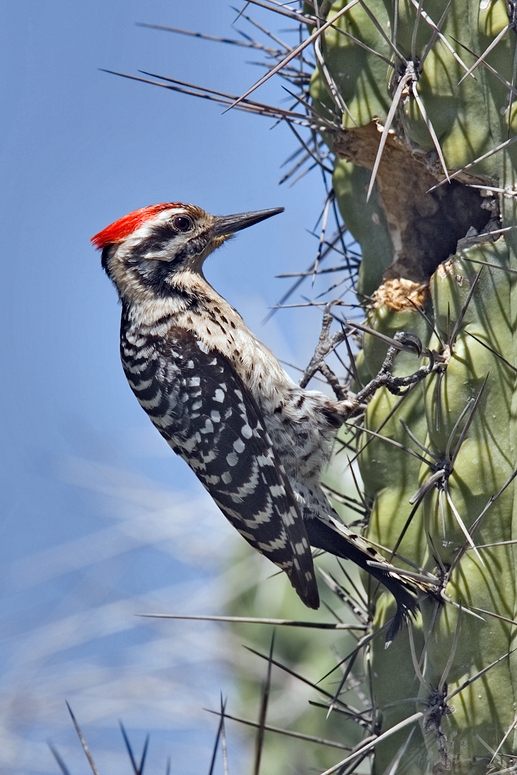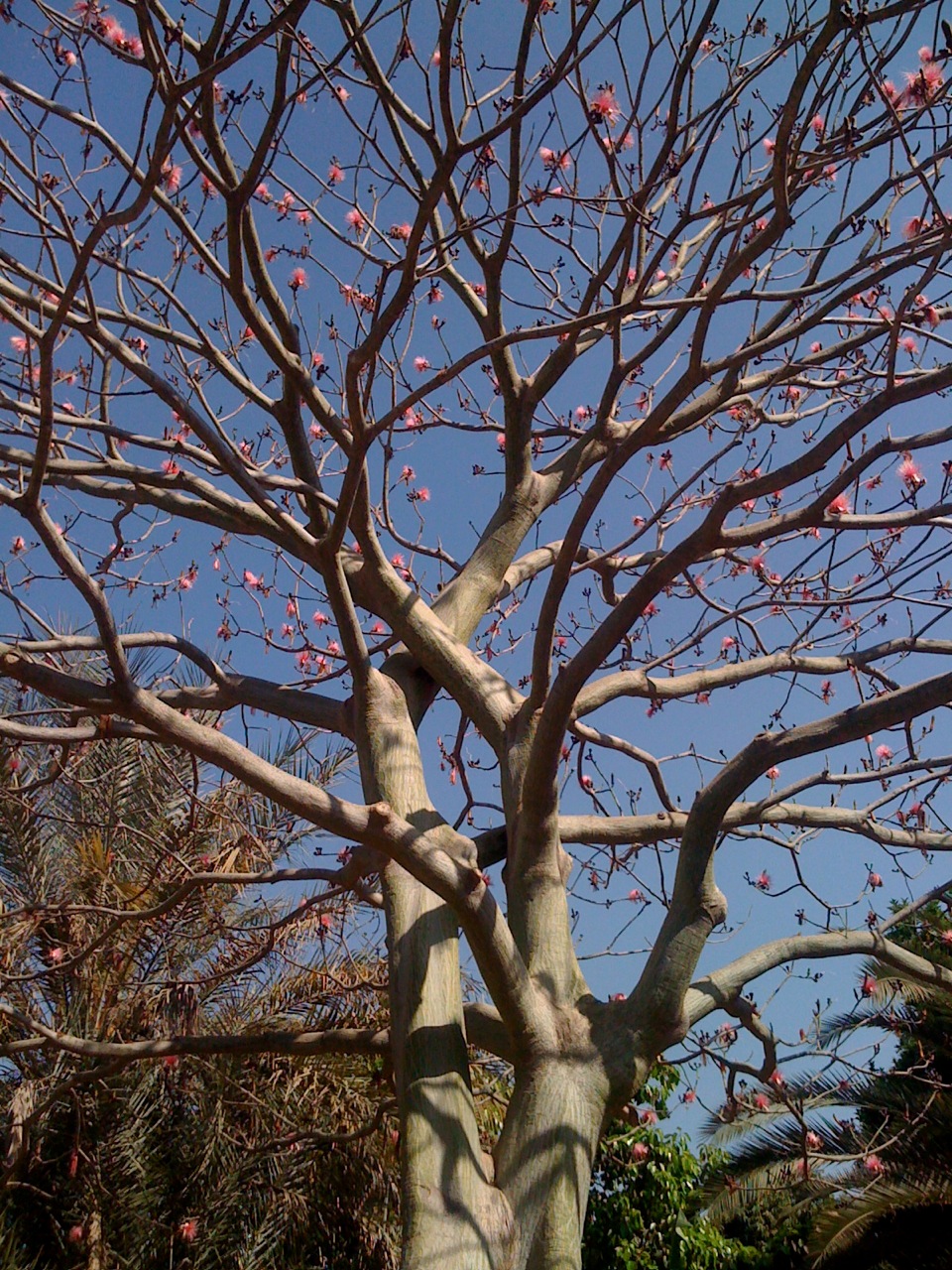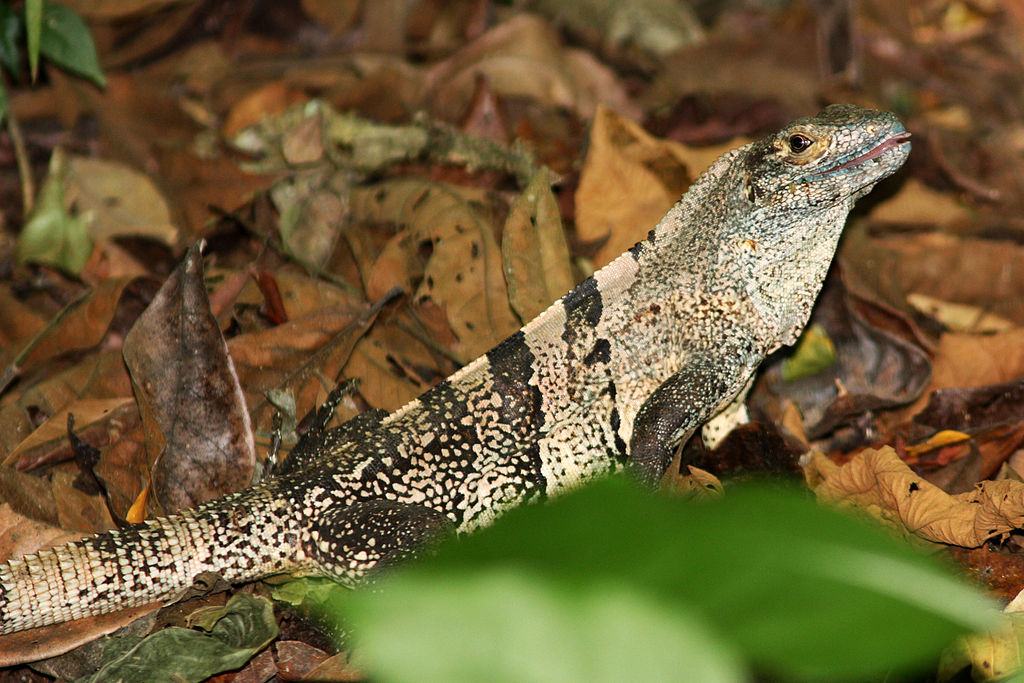TROPICAL AND SUBTROPICAL DRY BROADLEAF FOREST
LOCATIONS
ECOLOGY POCKET GUIDE SUMMARY
The Tropical and Subtropical Dry Broadleaf Forest ecoregion is a landscape shaped by the rhythm of wet and dry seasons, where trees must endure long periods without rain. These forests, found in regions from Africa to South America and Asia, offer a striking contrast to the dense, moisture-rich tropical rainforests. Deciduous trees dominate, shedding their leaves during the dry season to conserve water, transforming the landscape into a dry, open canopy. For designers, these forests demonstrate the power of adaptive strategies in water-scarce environments. The seasonal shedding of leaves, the use of deep root systems, and the storage of water in plant tissues provide key lessons for designing structures and landscapes that can adapt to fluctuating water availability. From drought-tolerant plantings to water-efficient building systems, the dry forests offer a blueprint for resilient, resource-conscious design that works in harmony with the natural cycles of scarcity and abundance.
ECOSYSTEM FRAMEWORK
Tropical and Subtropical Dry Broadleaf Forest
Abiotic Components: Tropical and subtropical dry broadleaf forests are characterized by distinct wet and dry seasons, with most rainfall occurring during a short wet season. Annual precipitation ranges from 500 to 1800 mm, depending on the region, with long dry periods lasting several months. Temperatures are generally warm year-round, but the scarcity of water during the dry season creates challenging conditions for plant growth. Soils in these regions tend to be nutrient-poor, often due to leaching during heavy rains, but they can be rich in organic material in some areas.
Biotic Components: The vegetation in these forests is dominated by deciduous trees that lose their leaves during the dry season to conserve water. Common species include teak, baobab, and mahogany, as well as various drought-tolerant shrubs and grasses. These forests also support a rich variety of wildlife, including herbivores like deer, primates, and elephants, as well as carnivores such as leopards, jaguars, and tigers. Birds, reptiles, and insects are also abundant, many of which have adapted to survive the dry season by seeking shelter or reducing activity during the hottest months.
Trophic Structure: The food web in dry broadleaf forests begins with the primary producers—trees, shrubs, and grasses that thrive during the wet season and store water in their tissues to survive the dry periods. Herbivores such as monkeys, deer, and small rodents feed on this vegetation, while large carnivores, including big cats and birds of prey, hunt the herbivores. Decomposers, such as fungi, bacteria, and insects, break down dead plant and animal material, returning nutrients to the soil, though decomposition is slower during the dry season.
Nutrient Cycles: Nutrient cycling in these forests is closely tied to the seasonal rhythms of rainfall. During the wet season, nutrients are quickly taken up by plants, while the dry season slows down the process of decomposition and nutrient recycling. The seasonal leaf drop of deciduous trees contributes organic matter to the soil, which decomposes during the wet season, releasing nutrients that are vital for plant growth. Fire is also a natural part of the ecosystem, clearing away dead vegetation and stimulating new growth, while recycling nutrients back into the soil.
Interactions: Species interactions in dry broadleaf forests revolve around competition for water and sunlight. Trees often develop deep root systems to tap into underground water sources, while shrubs and smaller plants compete for space and sunlight beneath the canopy. Mutualistic relationships, such as those between flowering trees and pollinators like bees and birds, are vital for reproduction, particularly during the dry season when resources are scarce. Large herbivores, such as elephants, play a key role in shaping the landscape by dispersing seeds and opening up the forest canopy.
Adaptation and Resilience: The plants and animals of dry broadleaf forests are highly adapted to survive extended periods of drought. Trees shed their leaves to reduce water loss, while many species have thick bark or waxy coatings to minimize evaporation. Some plants store water in their trunks or roots, enabling them to survive the dry season, while others have developed fire-resistant traits to cope with periodic fires. Animals, too, have adapted, with many becoming nocturnal or burrowing to avoid the heat, or migrating to wetter areas during the driest months. These adaptations underscore the importance of designing for resilience, with structures and landscapes that can withstand fluctuations in water availability and temperature.
System Boundaries and Scale: Tropical and subtropical dry broadleaf forests are found across a broad latitudinal range, particularly in parts of Central and South America, Africa, India, and Southeast Asia. The boundaries of these ecosystems are shaped by rainfall patterns and altitude, transitioning into wetter tropical forests in areas with more rainfall, or savannas and grasslands in regions with even more pronounced dry seasons. These ecosystems cover vast areas and are critically important for supporting biodiversity, storing carbon, and regulating water cycles.
Additional Ecologically Integrated Design Considerations
This biome is marked annually by dry and rainy seasons - water management planning should occur over an annual cycle to fully account for seasonality
Fire as well as flooding are typica natural disturbances - incorporate resilience planning for these two risks into design and operations plans
Promote soil stabilization to mimic the tree root systems
In the dry season, resources for wildlife are scarce - provide native, dry-season flowering trees and water sources during the dry season to promote biodiversity
Allow the accumulation of organic material from deciduous trees to promote soil generation and protection - this is a consideration to be balanced with fire resilience planning
REFERENCES
Murphy, P. G., & Lugo, A. E. (1986). Ecology of Tropical Dry Forest. Annual Review of Ecology and Systematics, 17(1), 67-88.
Bullock, S. H., Mooney, H. A., & Medina, E. (Eds.). (1995). Seasonally Dry Tropical Forests. Cambridge University Press.
Janzen, D. H. (1988). Tropical Dry Forests: The Most Endangered Major Tropical Ecosystem. Science, 222(4625), 1150-1151.
Murphy, P. G. (2000). Structure and Composition of Dry Forests in Relation to Environmental Factors. Biotropica, 22(2), 117-123.
Sanchez-Azofeifa, G. A., Quesada, M., Rodriguez, J. P., Nassar, J. M., Stoner, K. E., Castillo, A., & Janzen, D. H. (2005). Research Priorities for Neotropical Dry Forests. Biotropica, 37(4), 477-485.


